“We’re cutting the red tape that has held this industry to the launch pad for far too long,” Brianna Manzelli said.
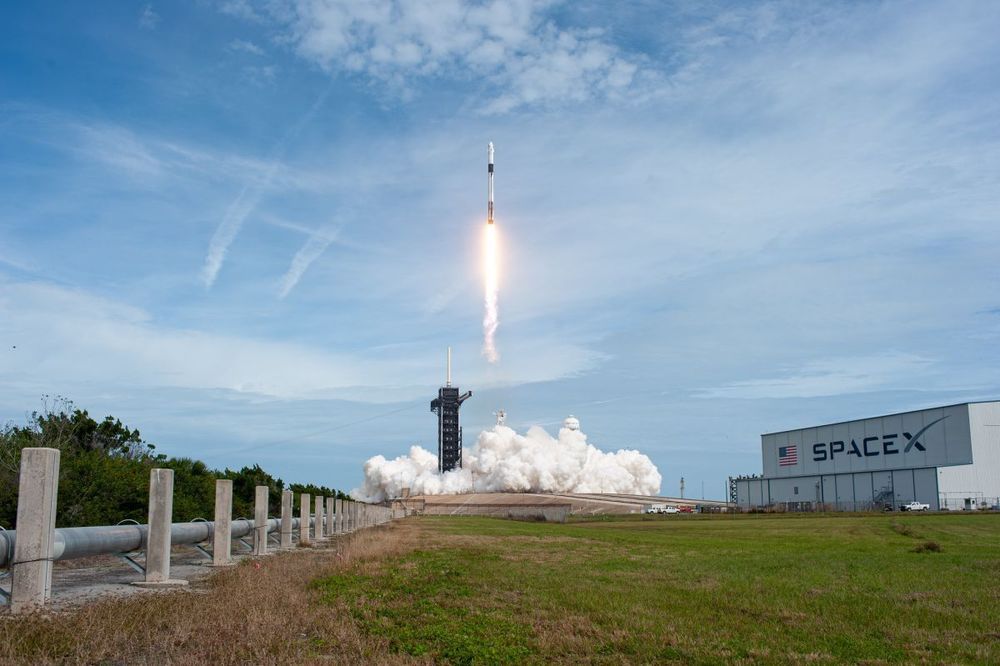

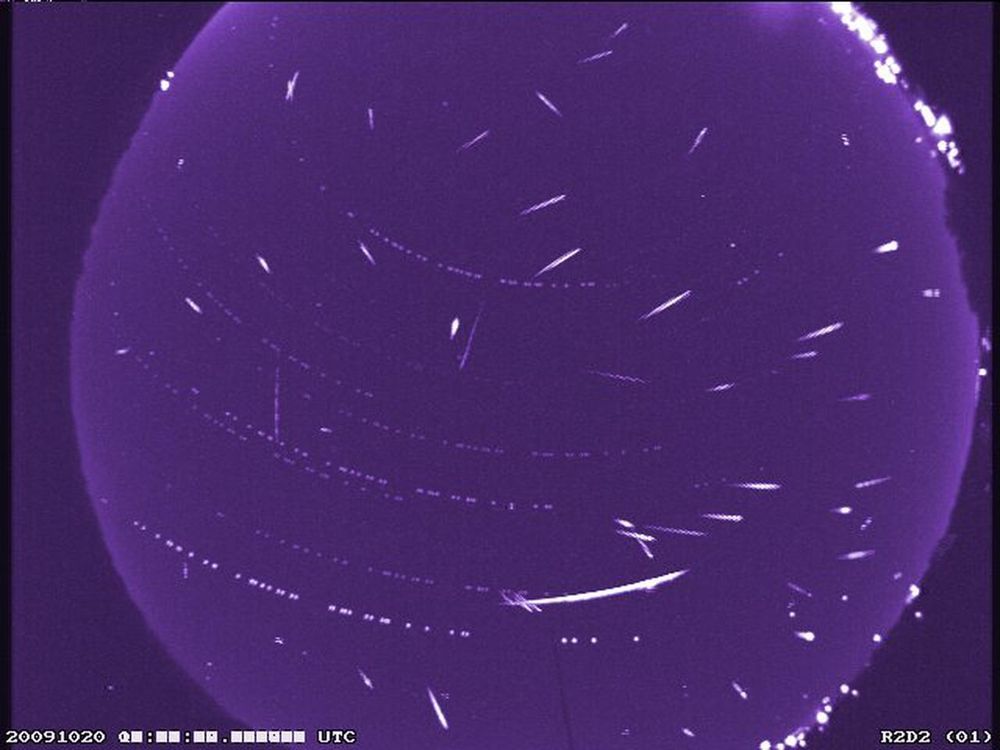
This fall sky show has some really bright meteors this year.
Two full moons with a meteor shower sandwiched in between? October has been a fun month for sky watchers.
The annual Orionid meteor shower is already heating up. It generally lasts from early October through about Nov. 7. This year, it’s expected to reach its peak before dawn on Oct. 21.
But don’t wait until then to start watching for meteors streaking across the sky.
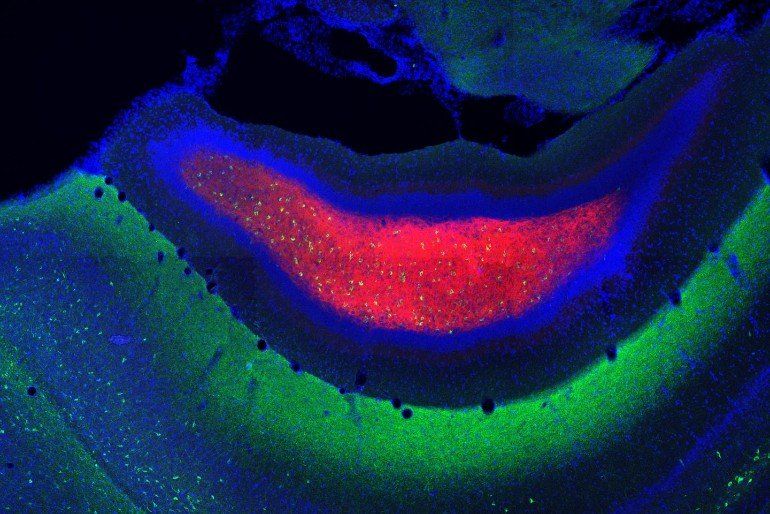
Summary: Researchers have identified a signaling pathway in the hippocampus that plays a critical role in creates novel memories about new environments.
Source: IST Austria
Imagine going to a café you have never been to. You will remember this new environment, but when you visit it again and again fewer new memories about the environment will be formed, only the things that changed will be really memorable. How this long-term memory are regulated is still not fully understood. Ryuichi Shigemoto from the Institute of Science and Technology Austria (IST Austria) in cooperation with researchers from Aarhus University and the National Institute for Physiological Sciences in Japan now have uncovered a new keystone in the formation of memories.
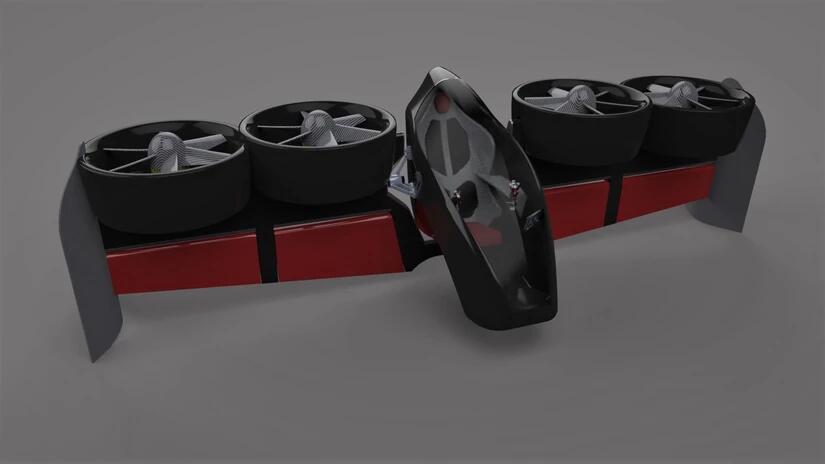
Of all the many eVTOL personal flight machines we’ve seen lately, this one’s caused the most discussion in the now-virtual New Atlas office. The work of a young Canadian company, the Atlas is a 4-rotor manned multicopter design, in which all four of its ducted rotors are inline along a single wing.
My first thought upon seeing it was “why?” Every other design places props on at least four corners, indeed sometimes even more spread out in designs like the Volocopter. That ensures it’s easy to maintain stability in a hover against shifting winds, with the instant torque of the electric motors driving the props able to respond and re-balance the aircraft in fractions of a second.
On second look, though, the Watfly design might have more to it than meets the eye. It’s based upon a less common drone design – the tailsitter – which could confer its own advantages. Tailsitters give you the efficiency advantages of winged flight — and some of the same control surfaces – without a lot of the complexities of many tilt-rotor designs. The whole aircraft tilts once you’re up to speed, and you fly on the wing for the majority of your journey.

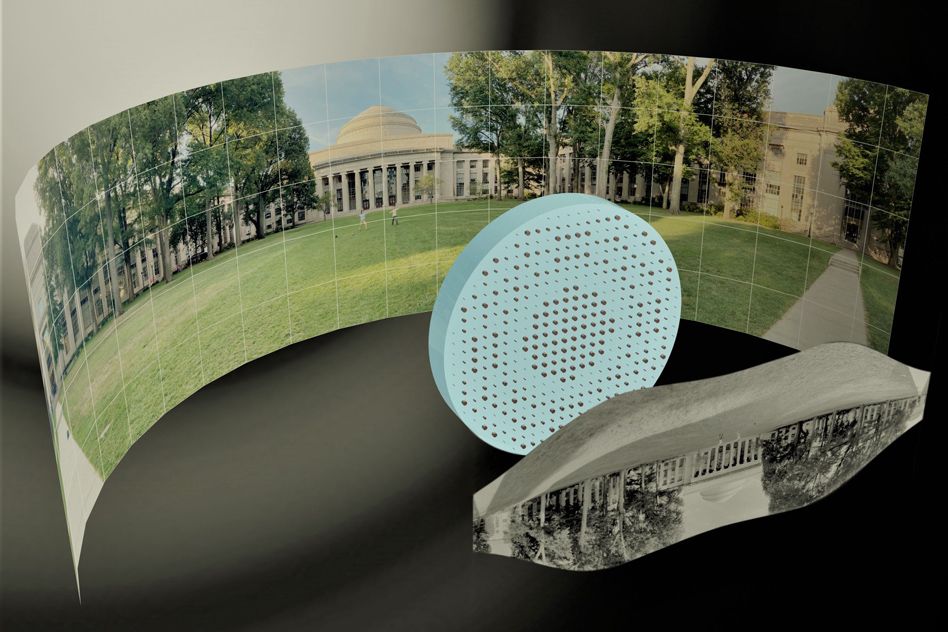
IS THE METAMATERIAL FISHEYE LENS AN ANSWER FOR RETINAL PROJECTION? There is a race to figure out the best way to project images onto the human retina, for augmented reality devices. Since the human retina is curved, unlike a photographic plate, a wide-angled, curved image designed to fit with the inherent curvature of the retina is in order. Planetariums can use fisheye lenses to project onto a curved dome in a similar way. Can modification of the new method for creating flat, wide angled fisheye metalenses be used for this purpose? There would be three immediate applications of such a capability: 1) Augmented reality projection which is not limited to a narrow portion of the visual field. 2) Full immersion virtual reality devices. 3) Night vision glasses that take large areas of aperture and project wide-angled images through a smaller exit pupil than the human pupil. It is possible that such a lens would be used in combination with another complementing metalens to allow the proper projection.
To capture panoramic views in a single shot, photographers typically use fisheye lenses — ultra-wide-angle lenses made from multiple pieces of curved glass, which distort incoming light to produce wide, bubble-like images. Their spherical, multipiece design makes fisheye lenses inherently bulky and often costly to produce.
Now engineers at MIT and the University of Massachusetts at Lowell have designed a wide-angle lens that is completely flat. It is the first flat fisheye lens to produce crisp, 180-degree panoramic images. The design is a type of “metalens,” a wafer-thin material patterned with microscopic features that work together to manipulate light in a specific way.
In this case, the new fisheye lens consists of a single flat, millimeter-thin piece of glass covered on one side with tiny structures that precisely scatter incoming light to produce panoramic images, just as a conventional curved, multielement fisheye lens assembly would. The lens works in the infrared part of the spectrum, but the researchers say it could be modified to capture images using visible light as well.

It looks like the Tabacco plant is being used for the Covid19 vaccine.
Historically, tobacco plants are responsible for their share of illness and death. Now they may help control the COVID-19 pandemic.
Two biotech companies are using the tobacco plant, Nicotiana benthamiana, as bio-factories to produce a key protein from the coronavirus that can be used in a vaccine.
“There’s obvious irony there,” says James Figlar, executive vice president for research and development for R.J. Reynolds Tobacco. Reynolds owns Kentucky BioProcessing, one of the companies working on a COVID-19 vaccine from plants.
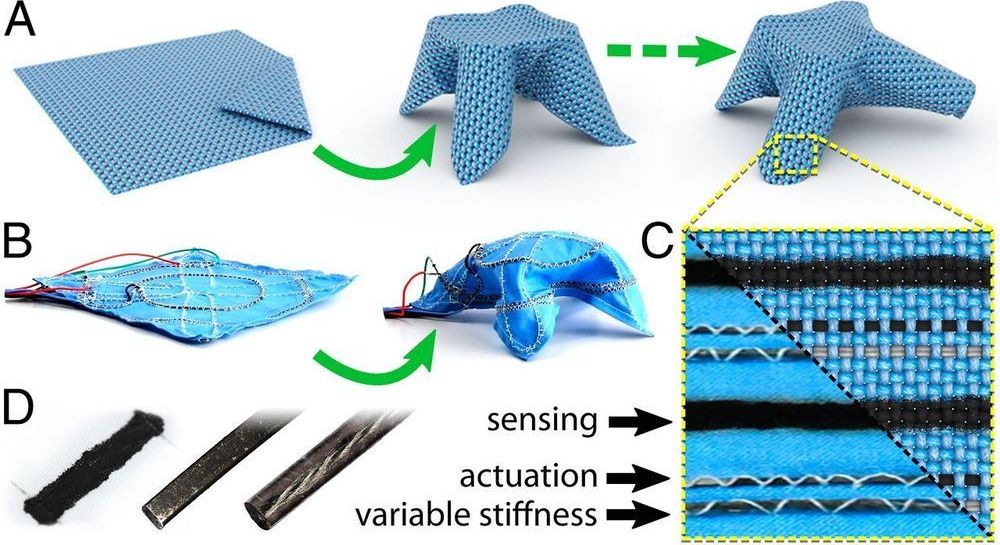
Fabrics are key materials for a variety of applications that require flexibility, breathability, small storage footprint, and low weight. While fabrics are conventionally passive materials with static properties, emerging technologies have provided many flexible materials that can respond to external stimuli for actuation, structural control, and sensing. Here, we improve upon and process these responsive materials into functional fibers that we integrate into everyday fabrics and demonstrate as fabric-based robots that move, support loads, and allow closed-loop controls, all while retaining the desirable qualities of fabric. Robotic fabrics present a means to create smart adaptable clothing, self-deployable shelters, and lightweight shape-changing machinery.
Fabrics are ubiquitous materials that have conventionally been passive assemblies of interlacing, inactive fibers. However, the recent emergence of active fibers with actuation, sensing, and structural capabilities provides the opportunity to impart robotic function into fabric substrates. Here we present an implementation of robotic fabrics by integrating functional fibers into conventional fabrics using typical textile manufacturing techniques. We introduce a set of actuating and variable-stiffness fibers, as well as printable in-fabric sensors, which allows for robotic closed-loop control of everyday fabrics while remaining lightweight and maintaining breathability. Finally, we demonstrate the utility of robotic fabrics through their application to an active wearable tourniquet, a transforming and load-bearing deployable structure, and an untethered, self-stowing airfoil.
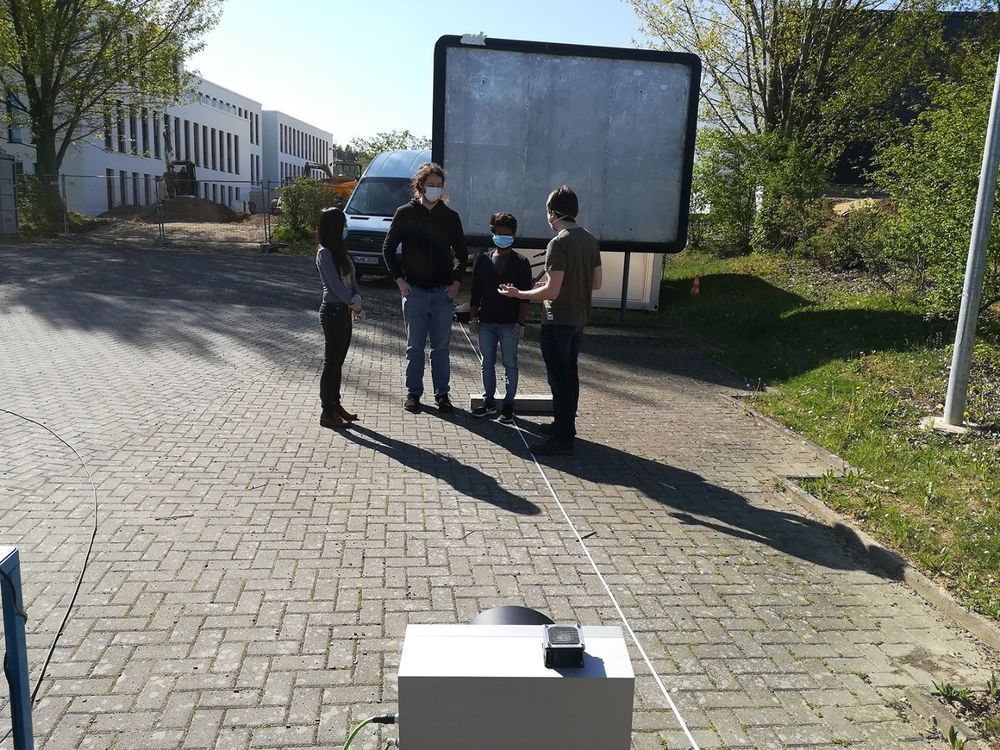
When someone is buried by an avalanche, earthquake or other disaster, a rapid rescue can make the difference between life and death. The Fraunhofer Institute for High Frequency Physics and Radar Techniques FHR has developed a new kind of mobile radar device that can search hectare-sized areas quickly and thoroughly. The new technology combines greater mobility with accurate detection of vital signs.
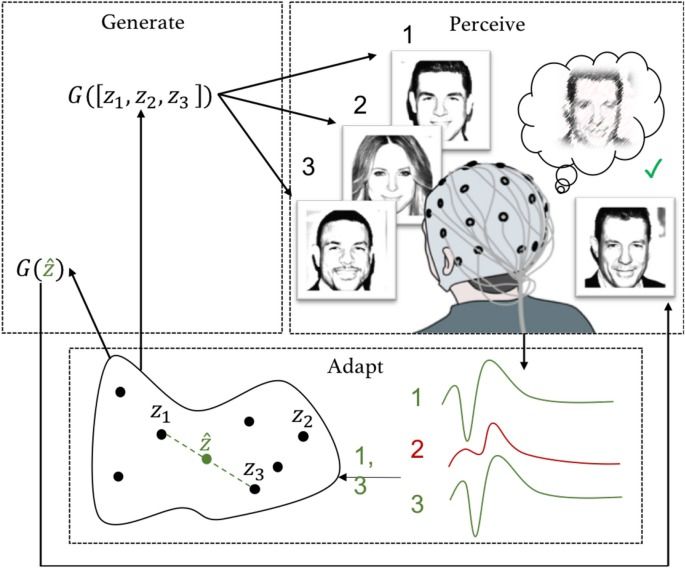
Brain–computer interfaces enable active communication and execution of a pre-defined set of commands, such as typing a letter or moving a cursor. However, they have thus far not been able to infer more complex intentions or adapt more complex output based on brain signals. Here, we present neuroadaptive generative modelling, which uses a participant’s brain signals as feedback to adapt a boundless generative model and generate new information matching the participant’s intentions. We report an experiment validating the paradigm in generating images of human faces. In the experiment, participants were asked to specifically focus on perceptual categories, such as old or young people, while being presented with computer-generated, photorealistic faces with varying visual features. Their EEG signals associated with the images were then used as a feedback signal to update a model of the user’s intentions, from which new images were generated using a generative adversarial network. A double-blind follow-up with the participant evaluating the output shows that neuroadaptive modelling can be utilised to produce images matching the perceptual category features. The approach demonstrates brain-based creative augmentation between computers and humans for producing new information matching the human operator’s perceptual categories.